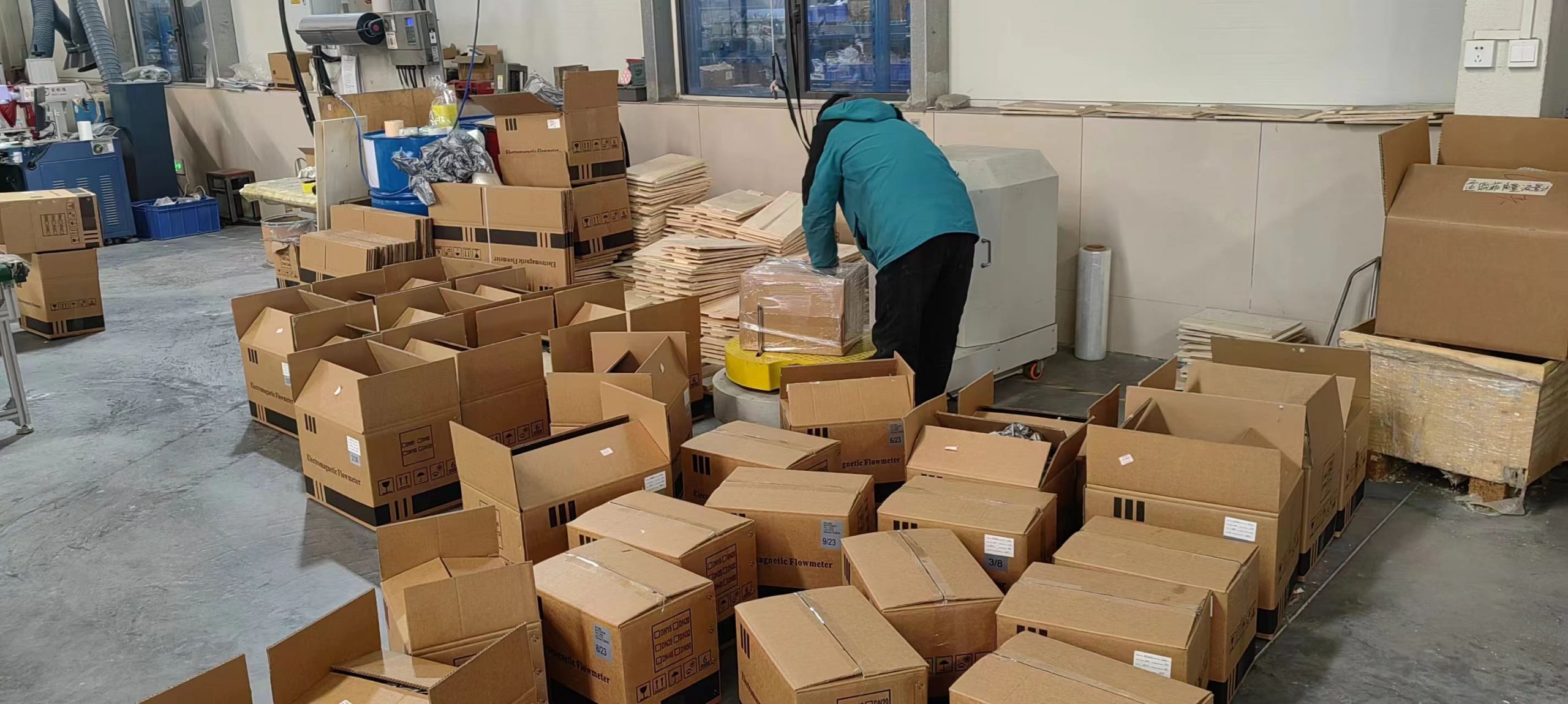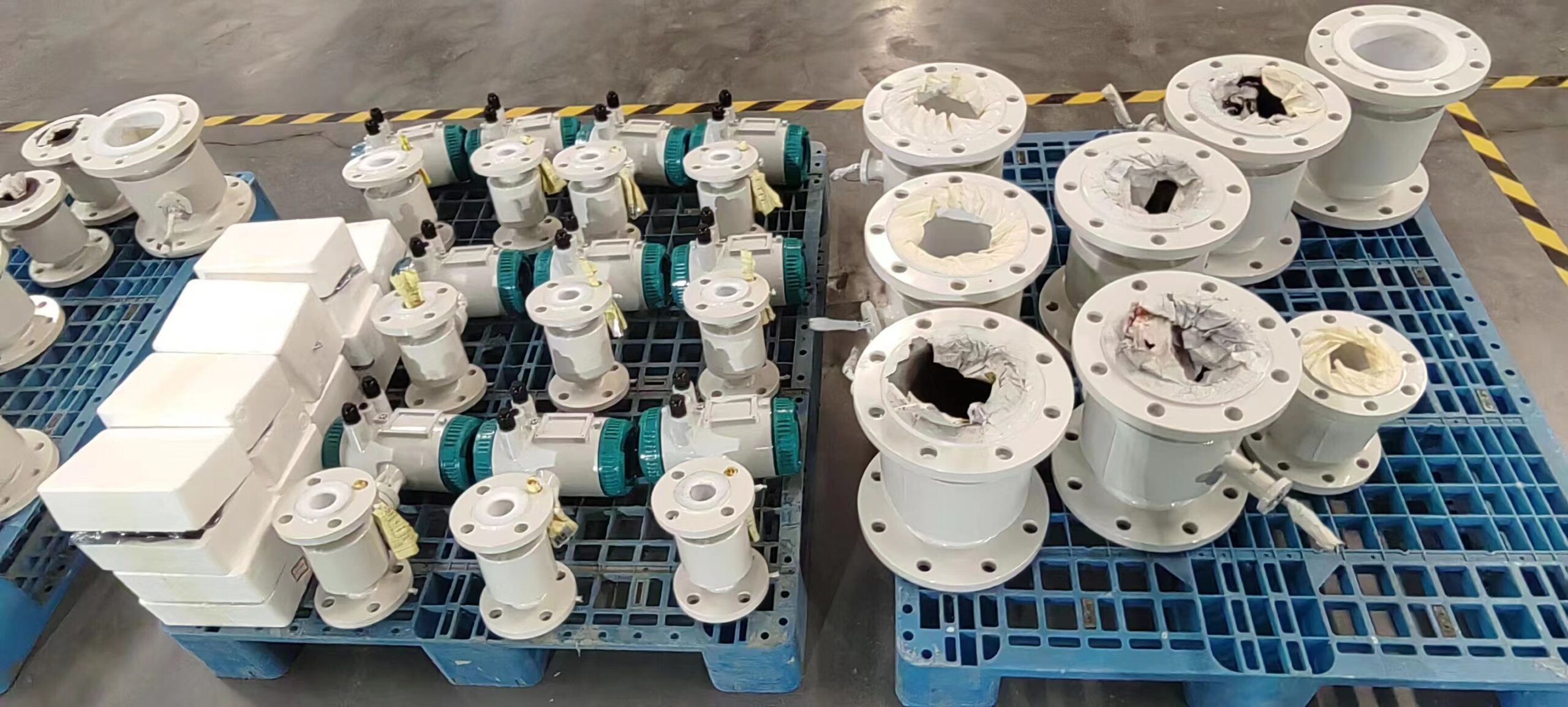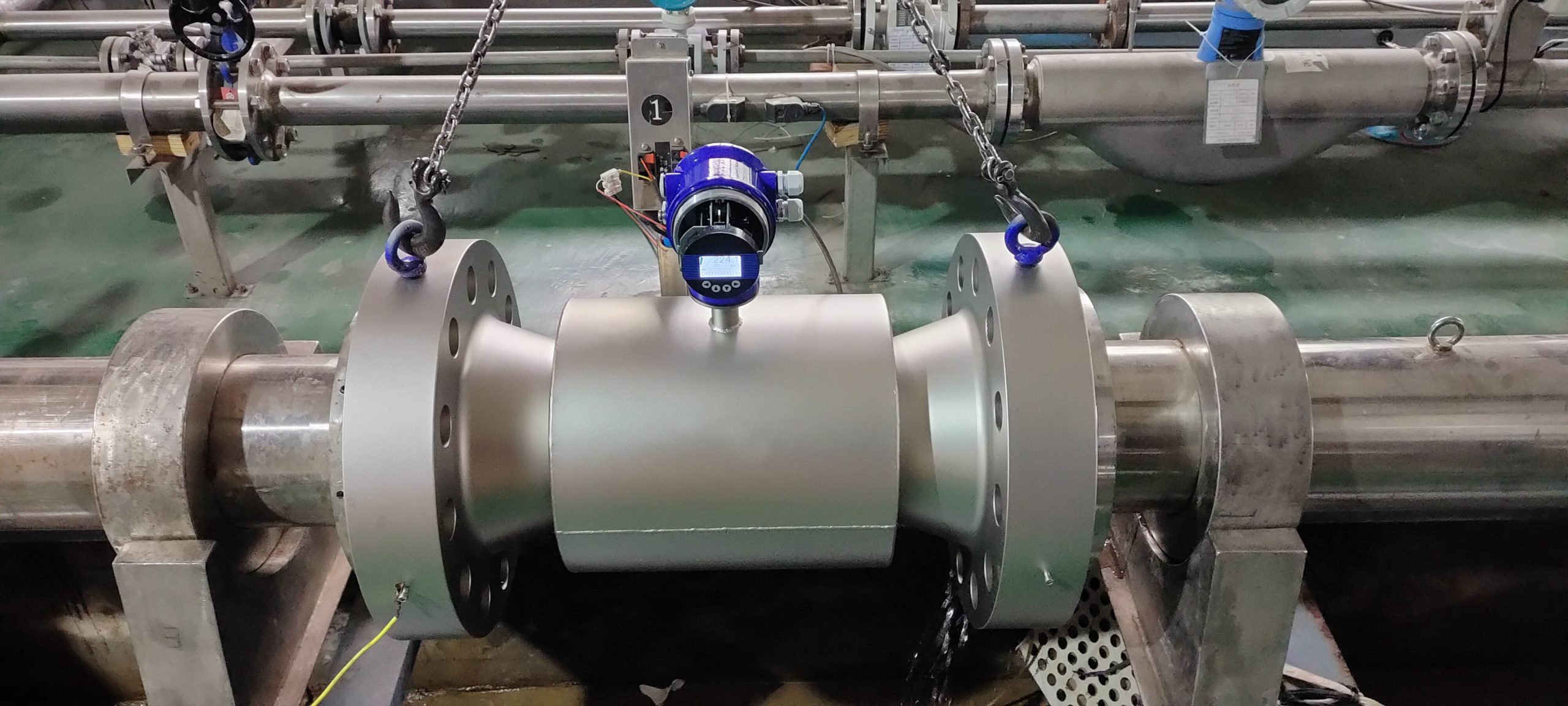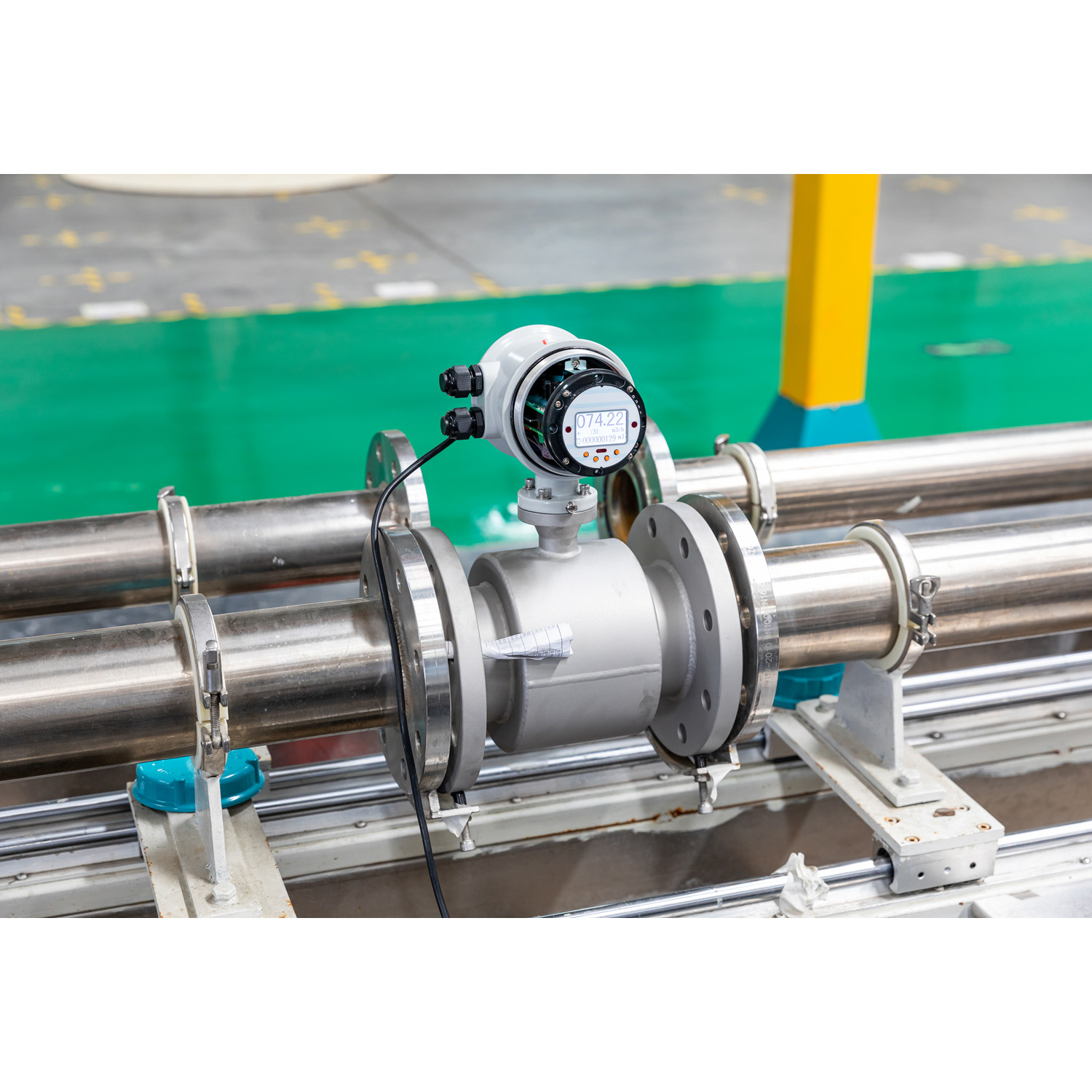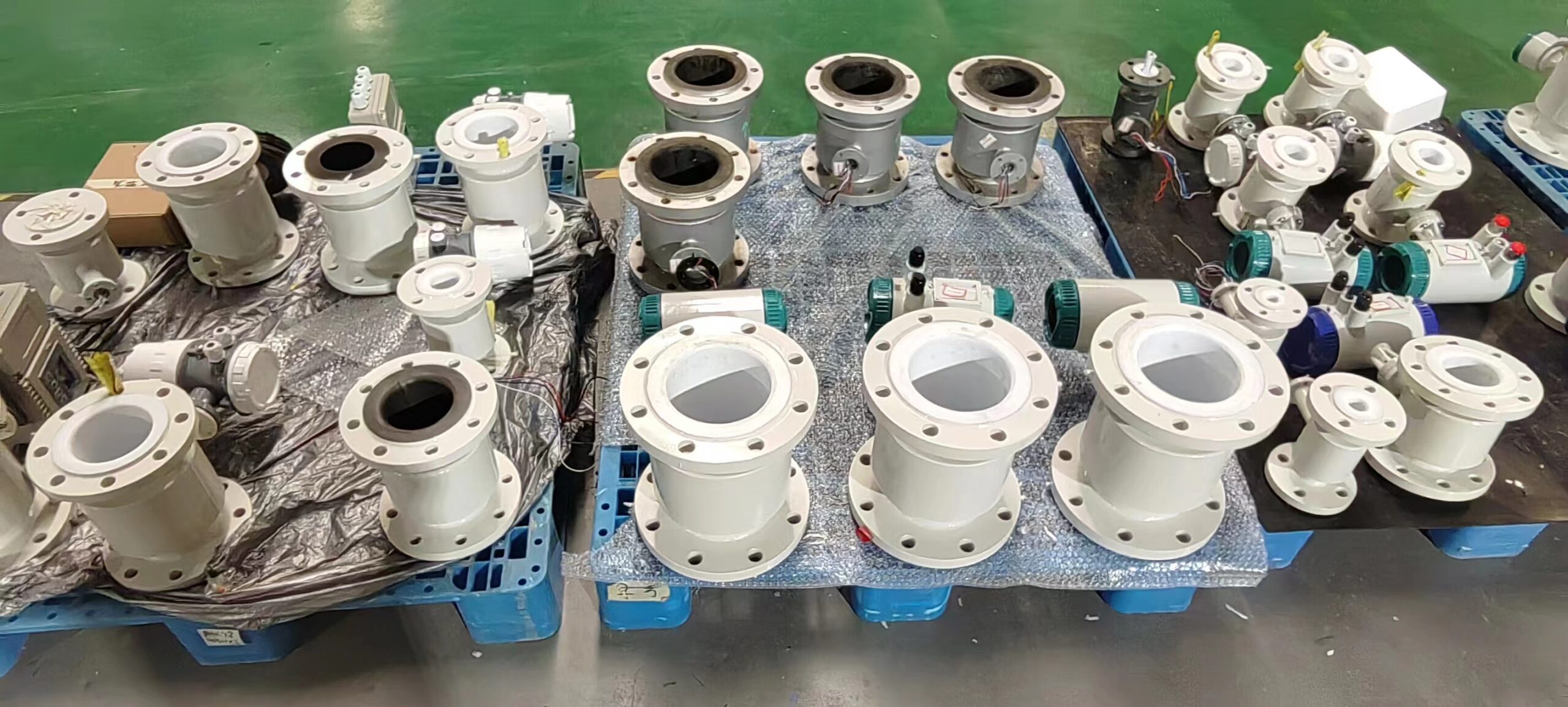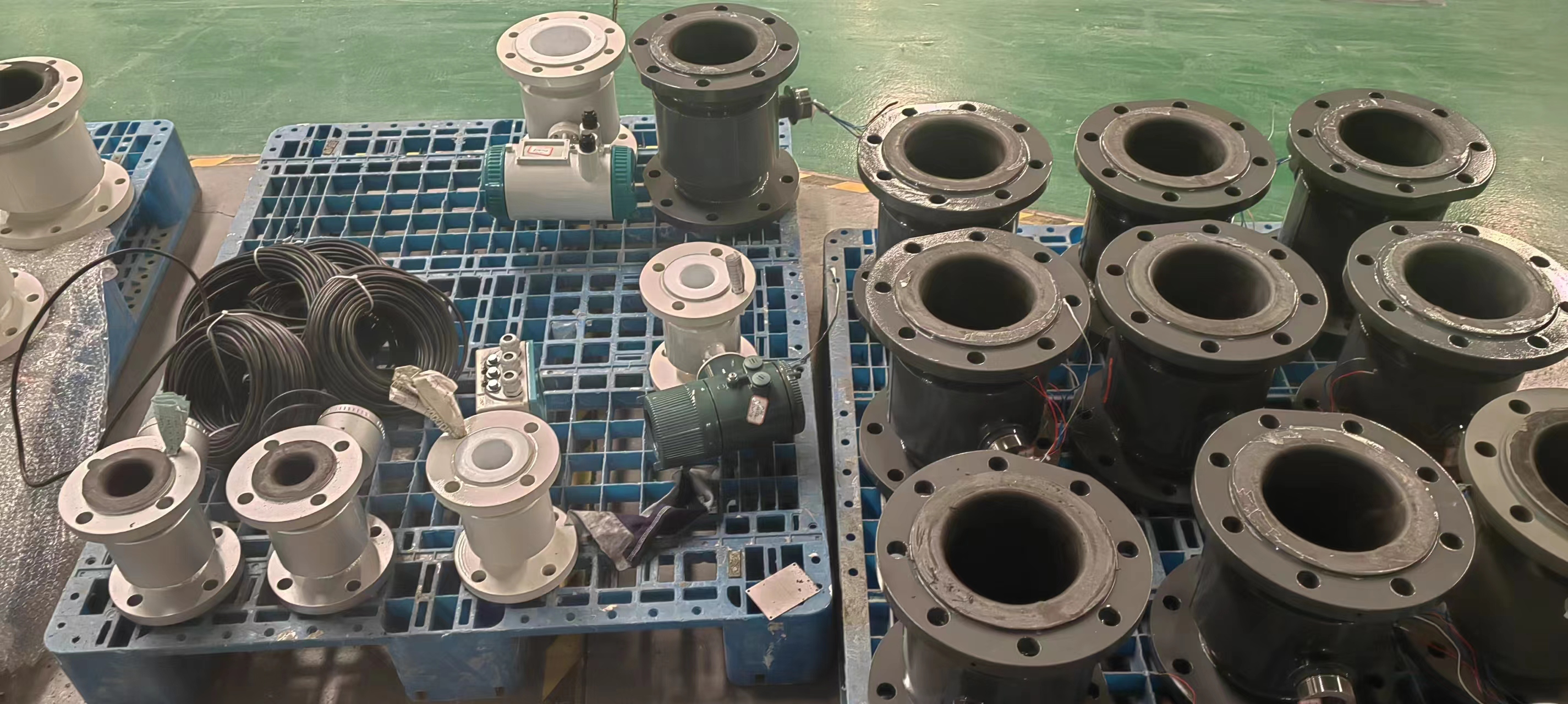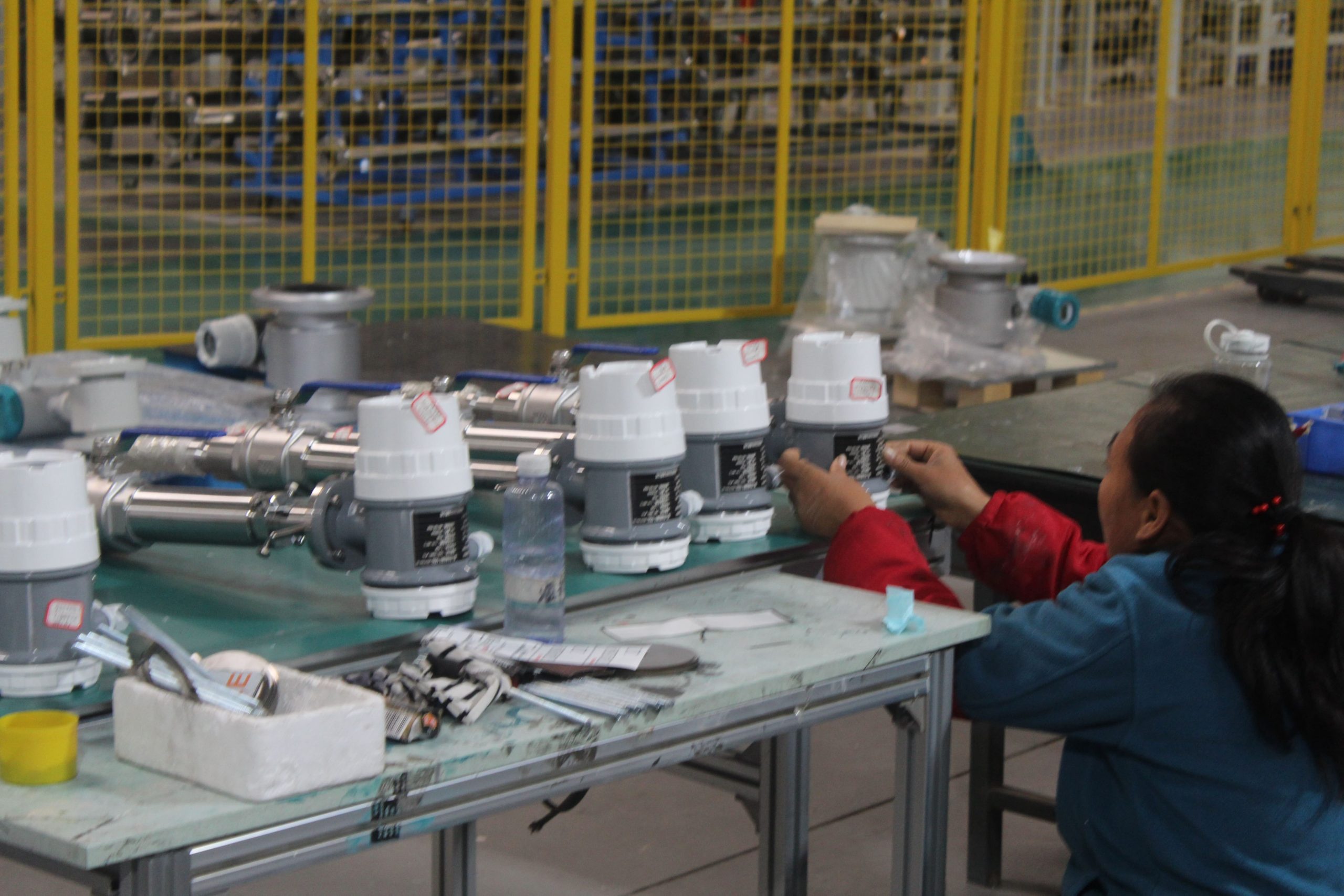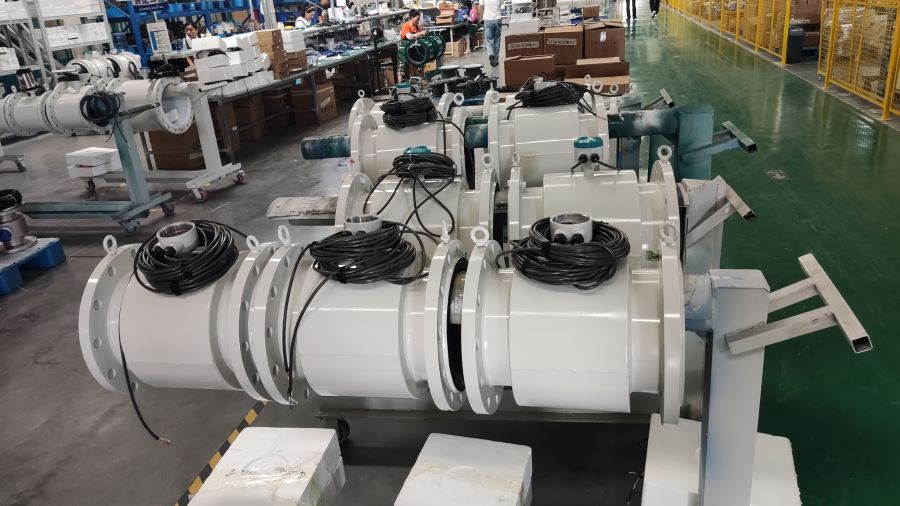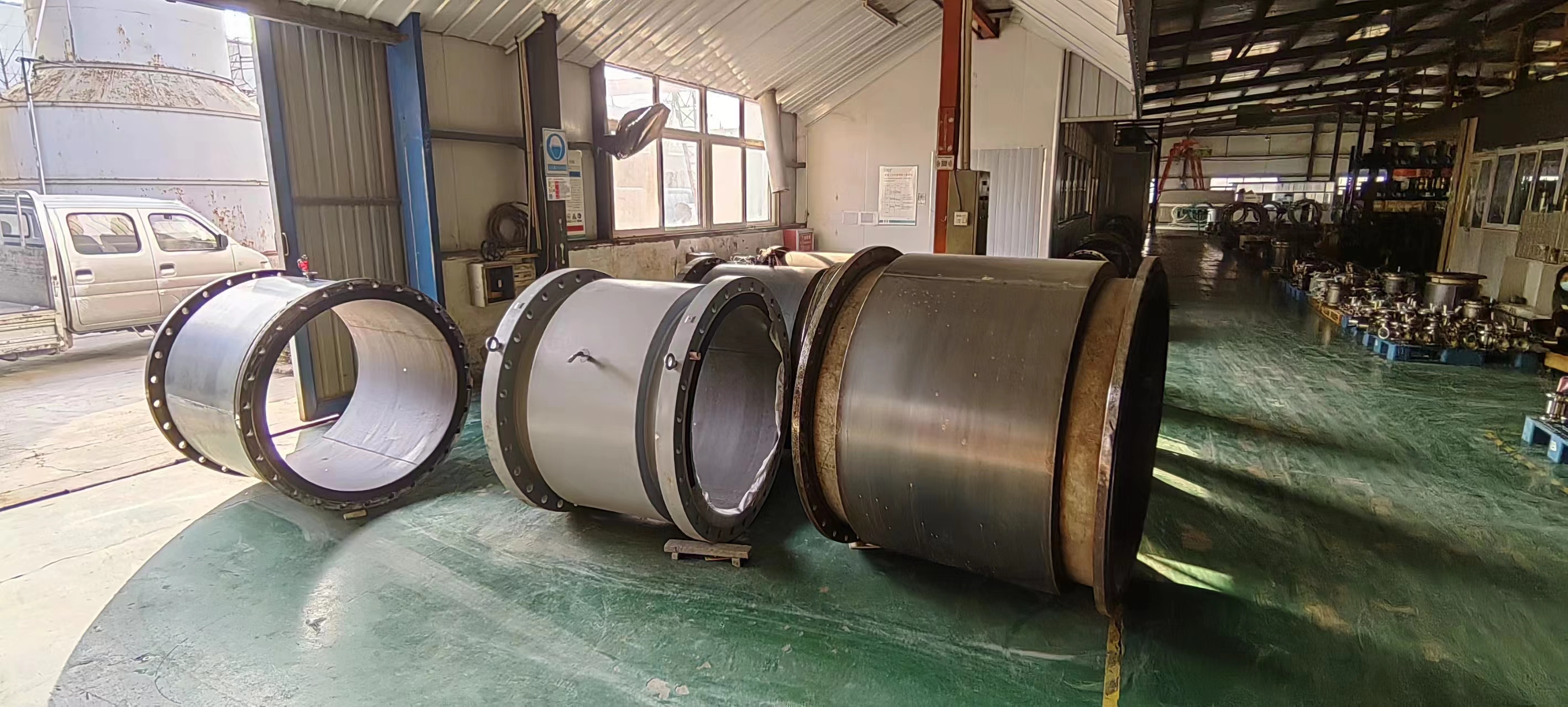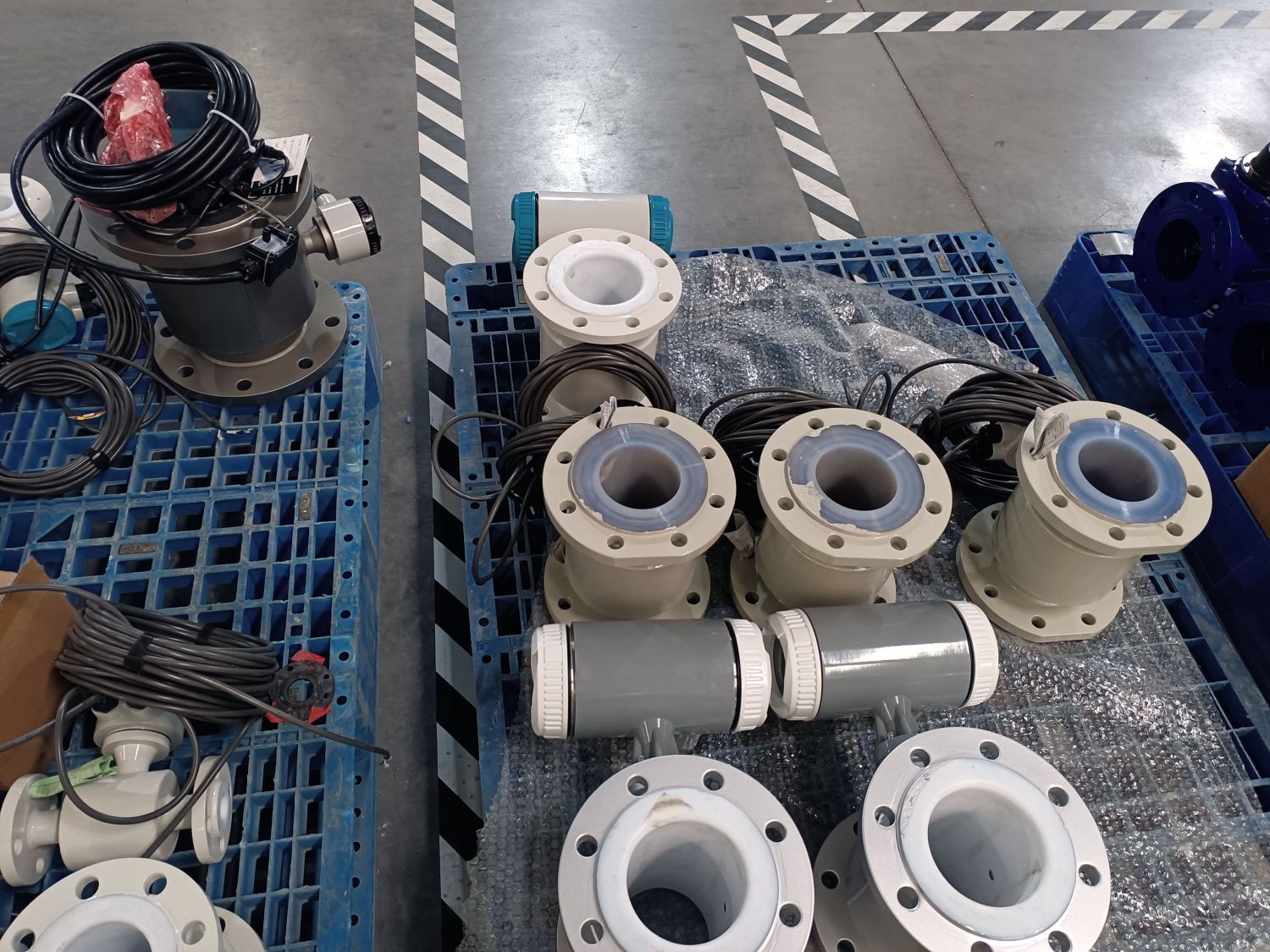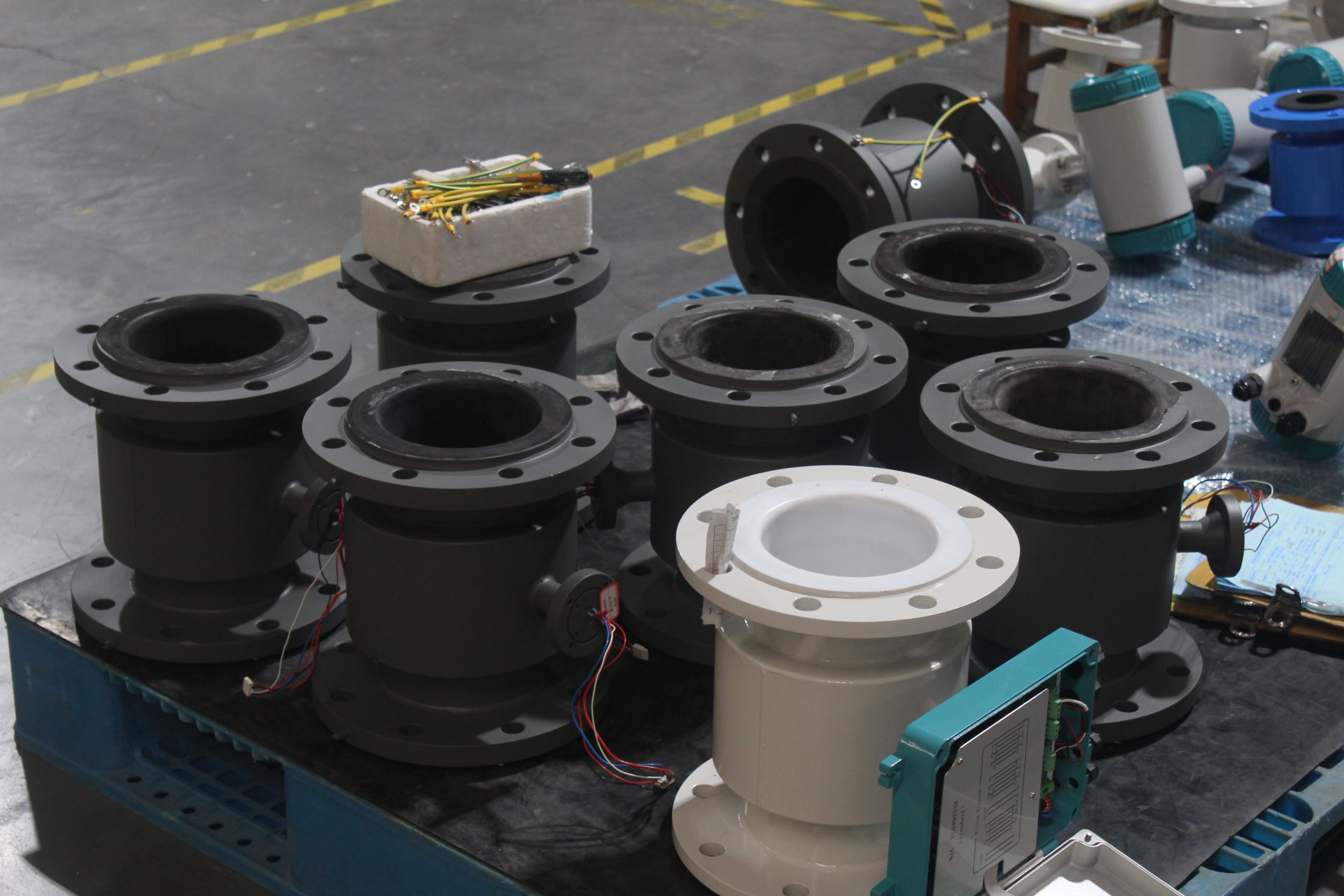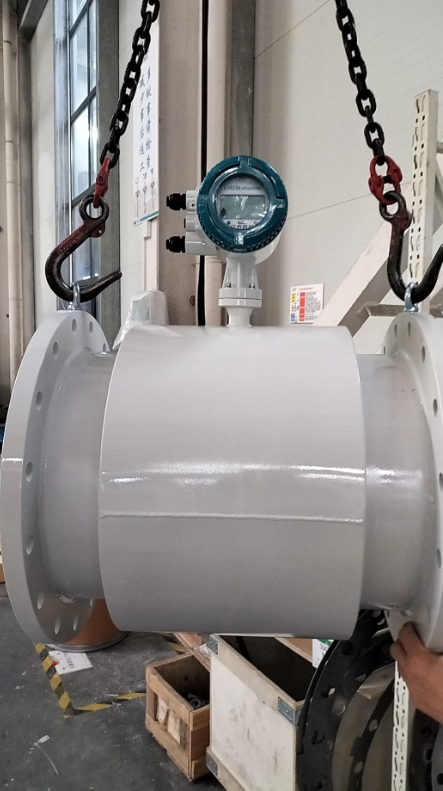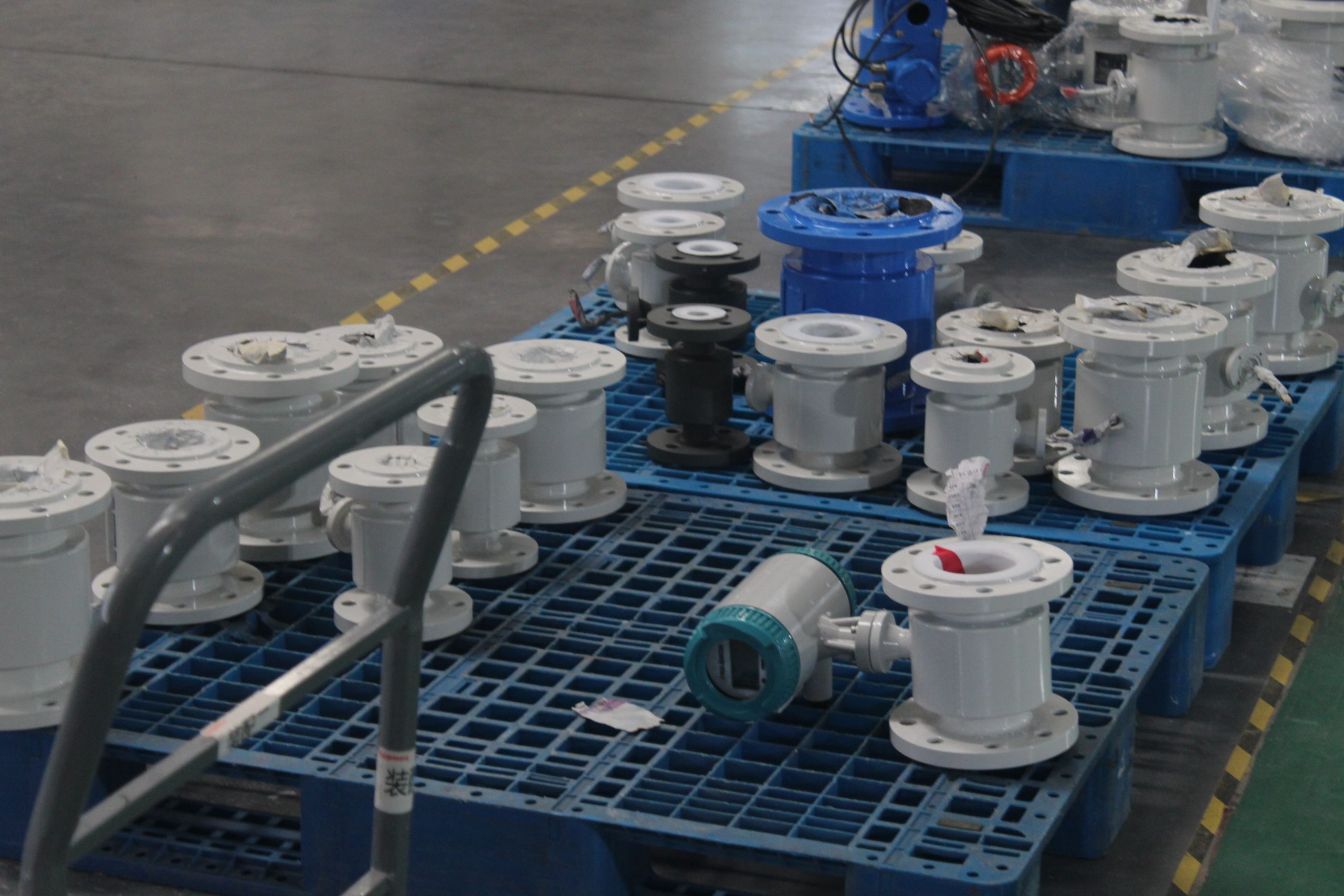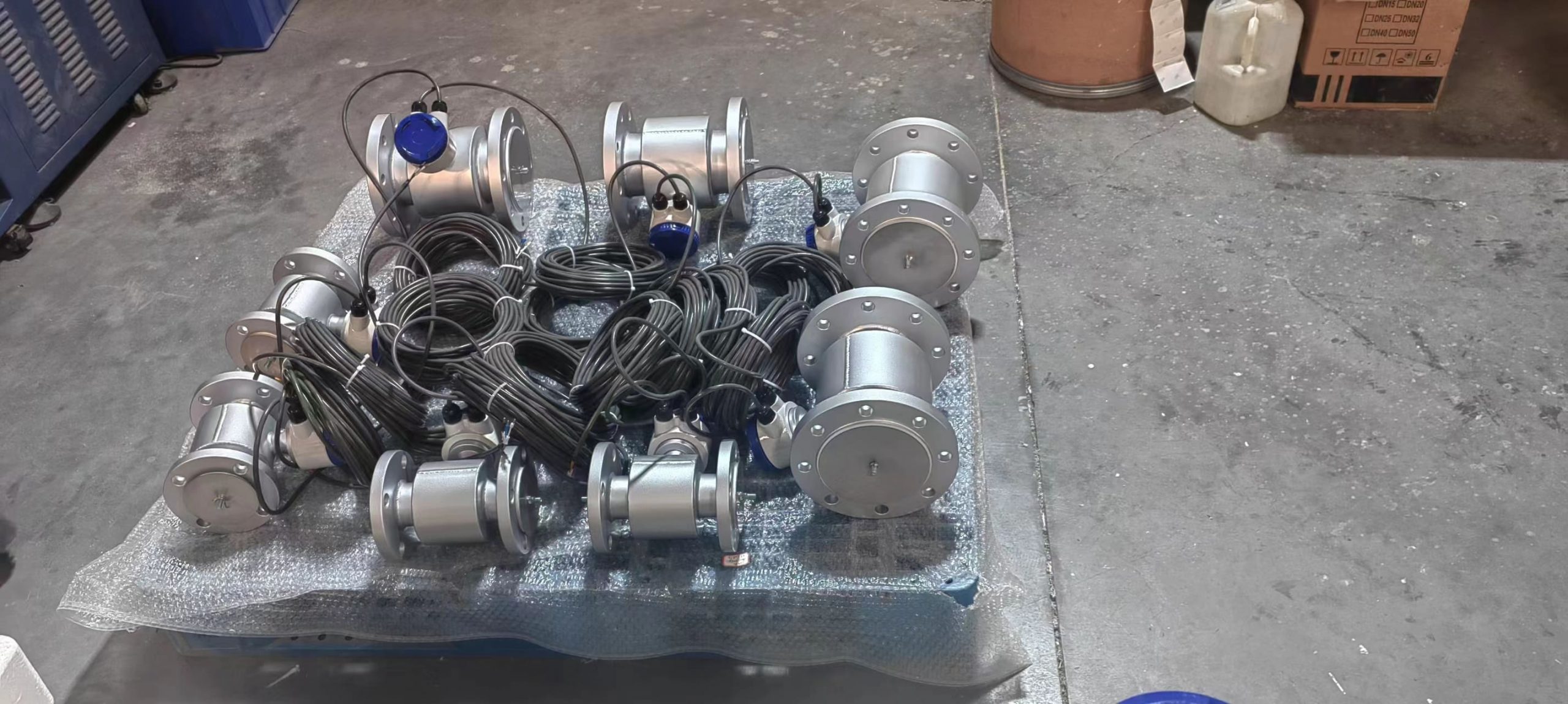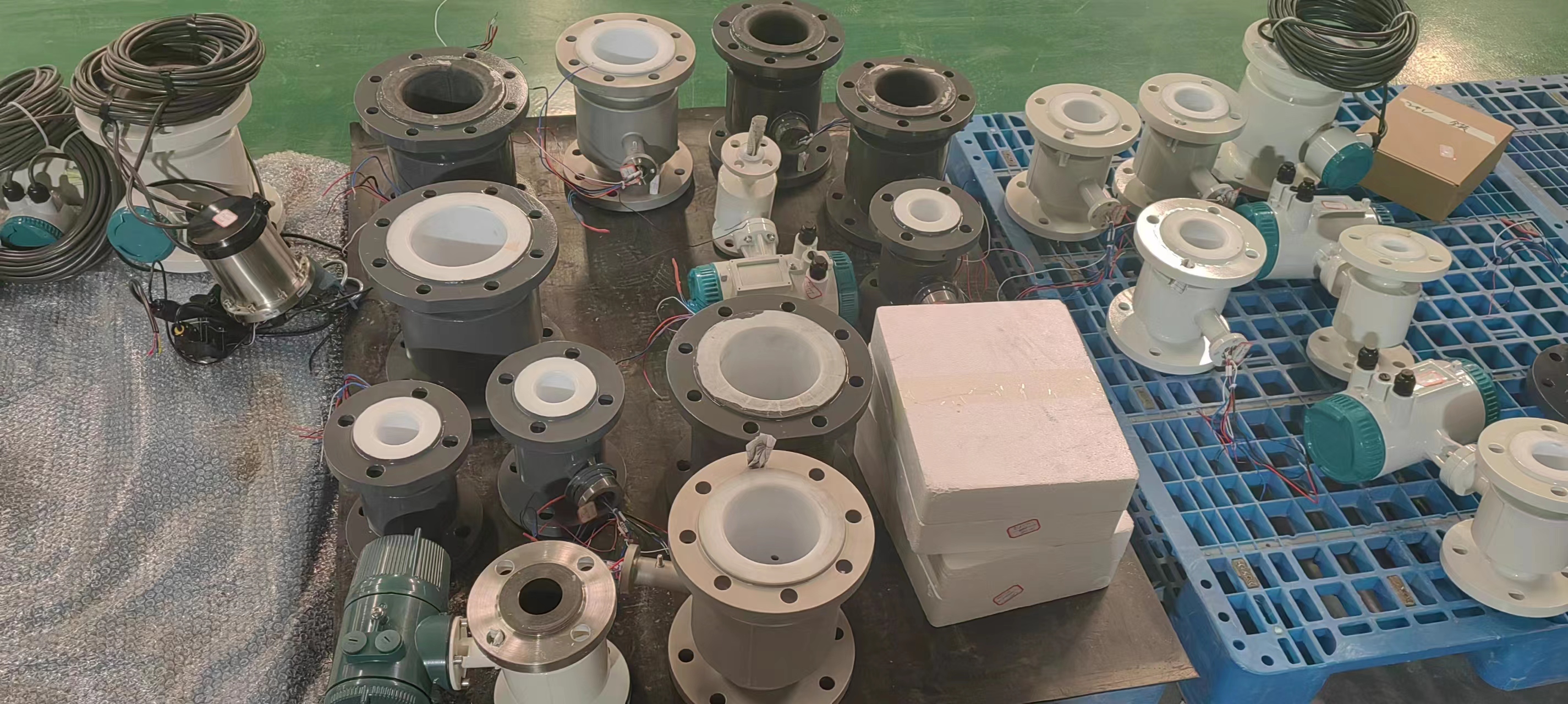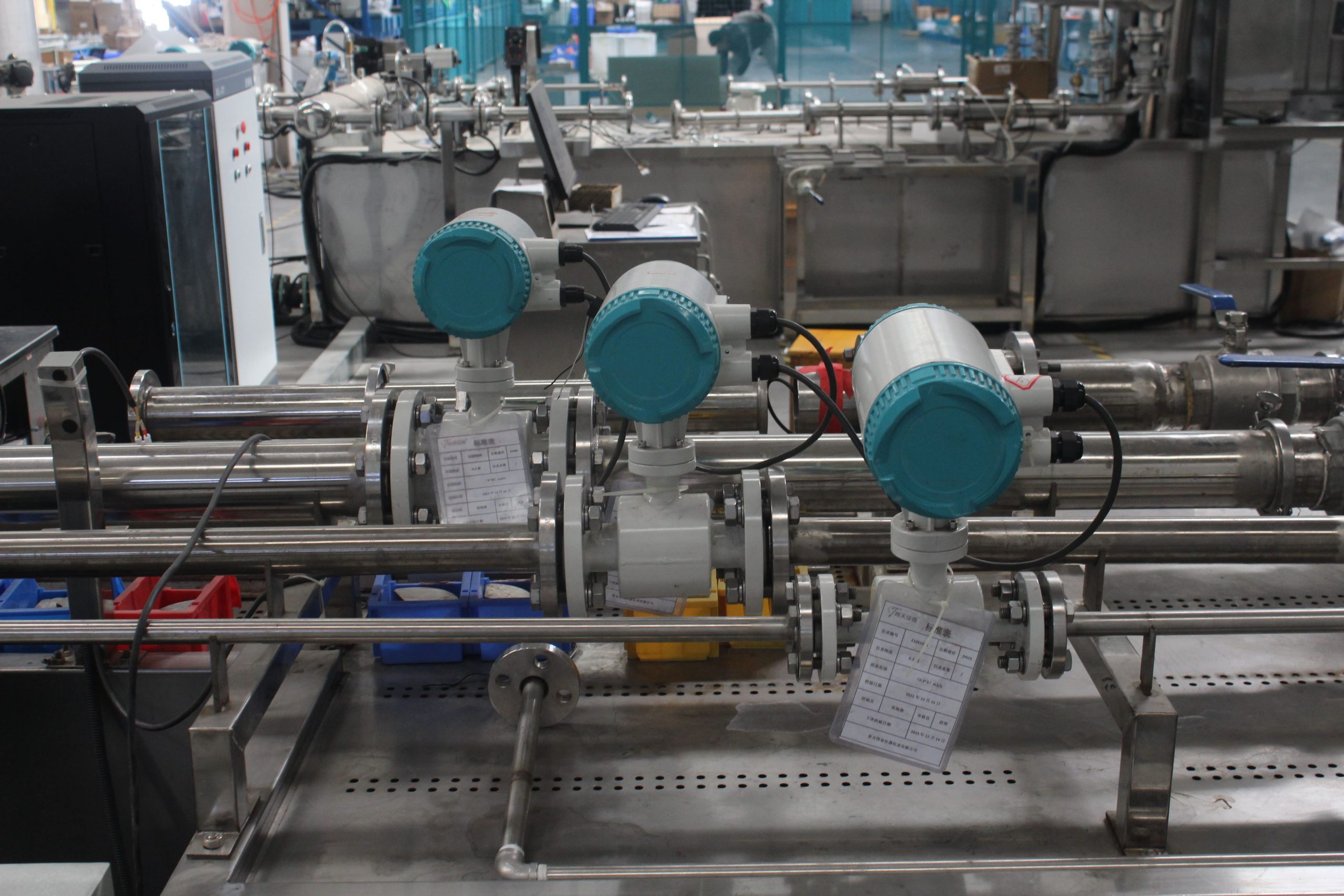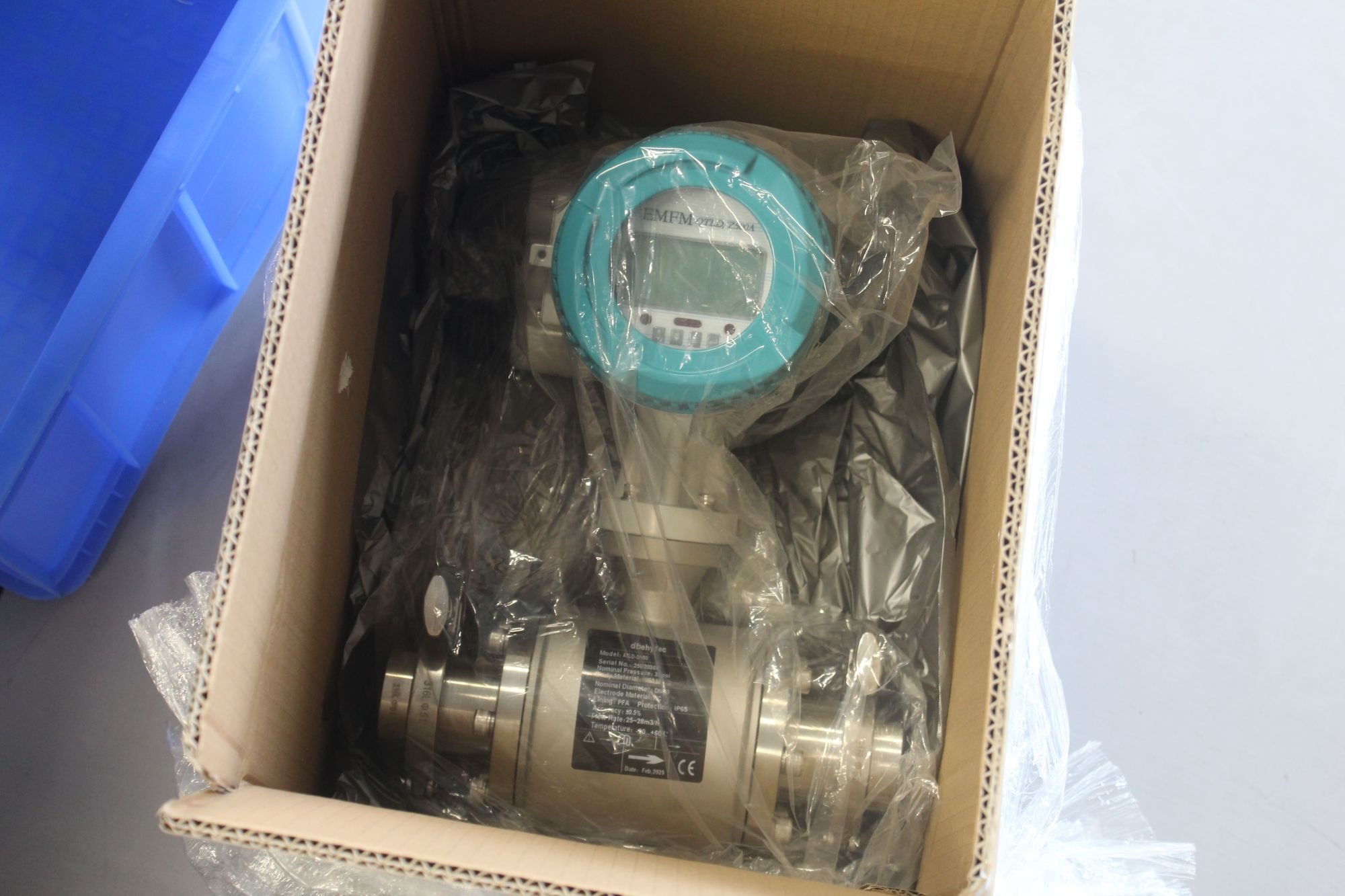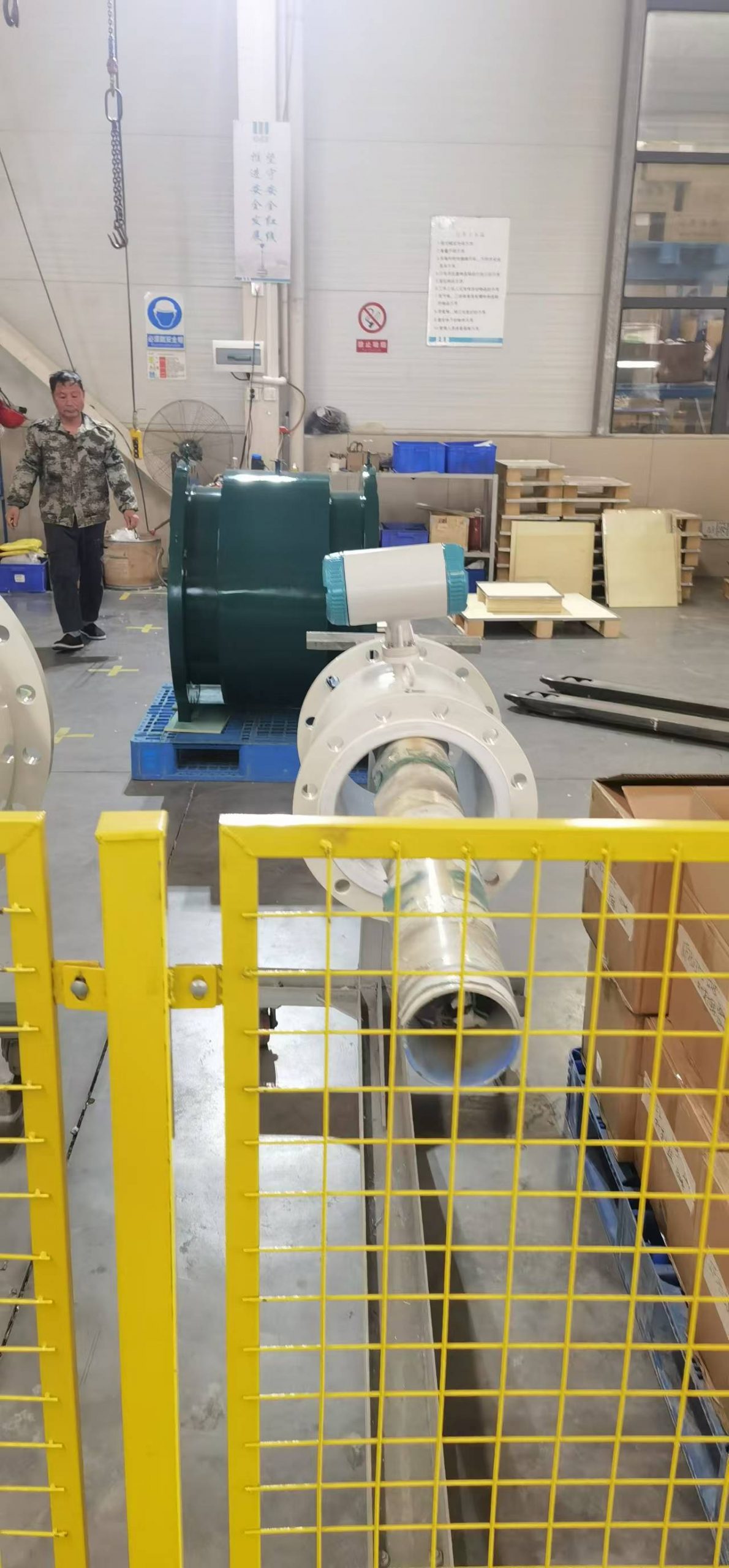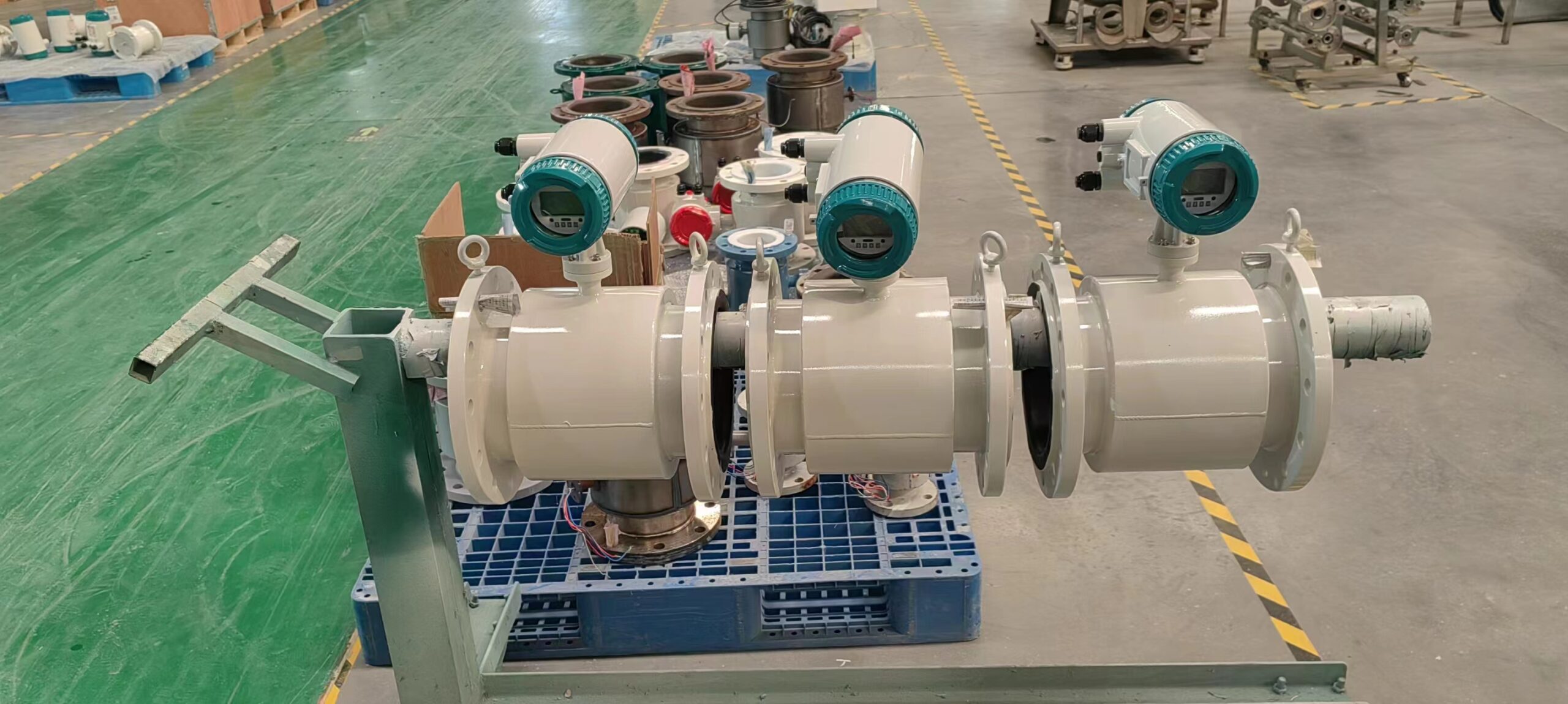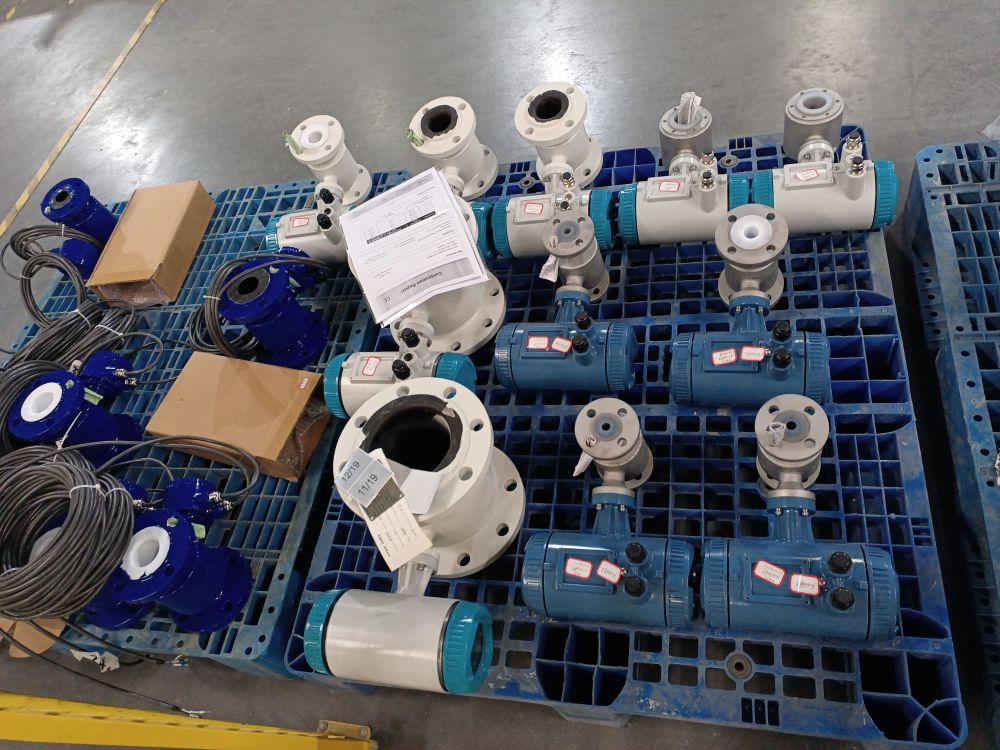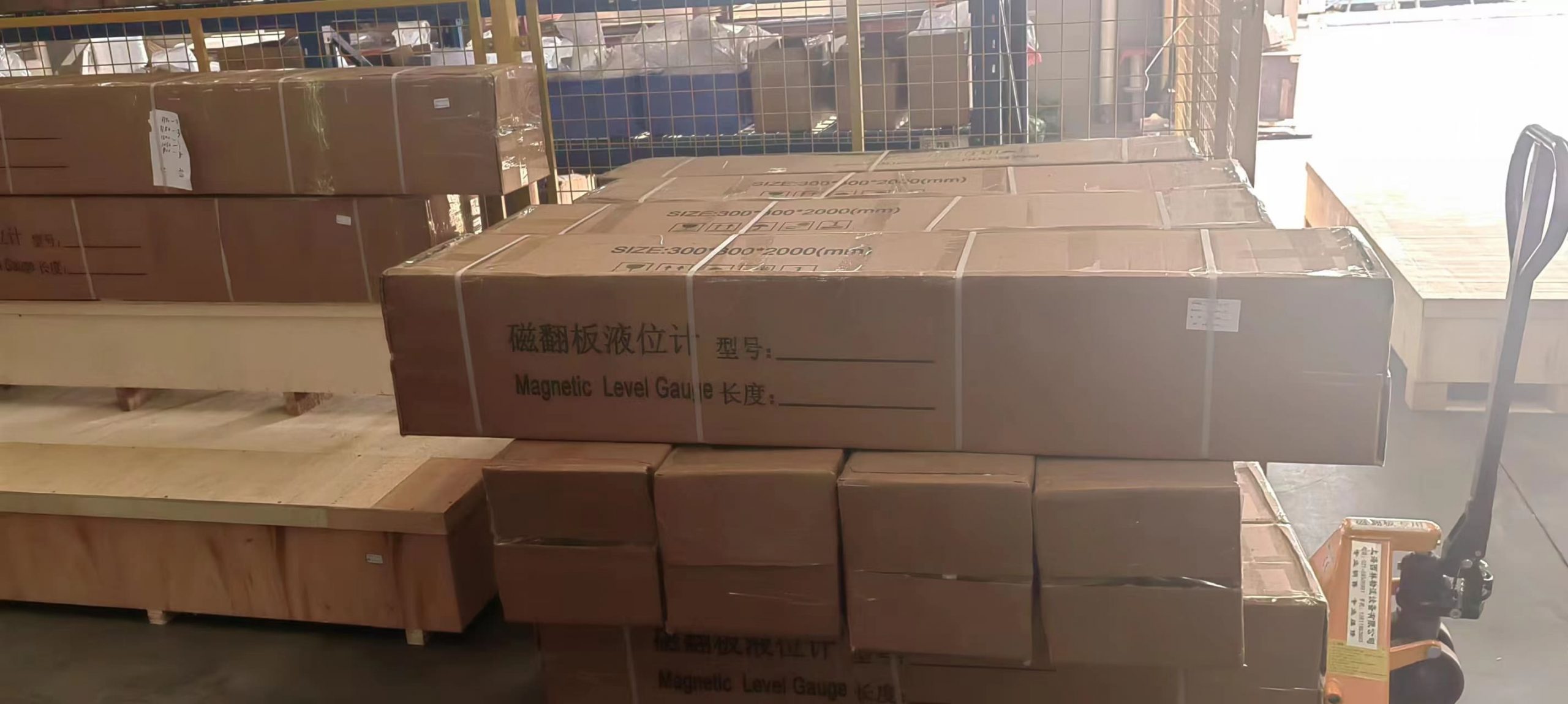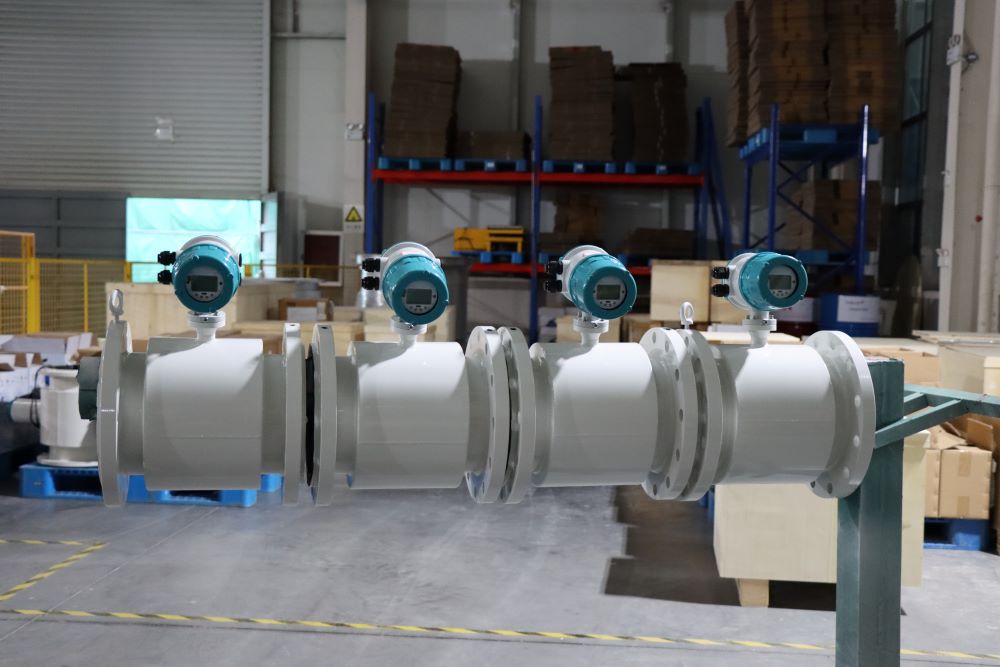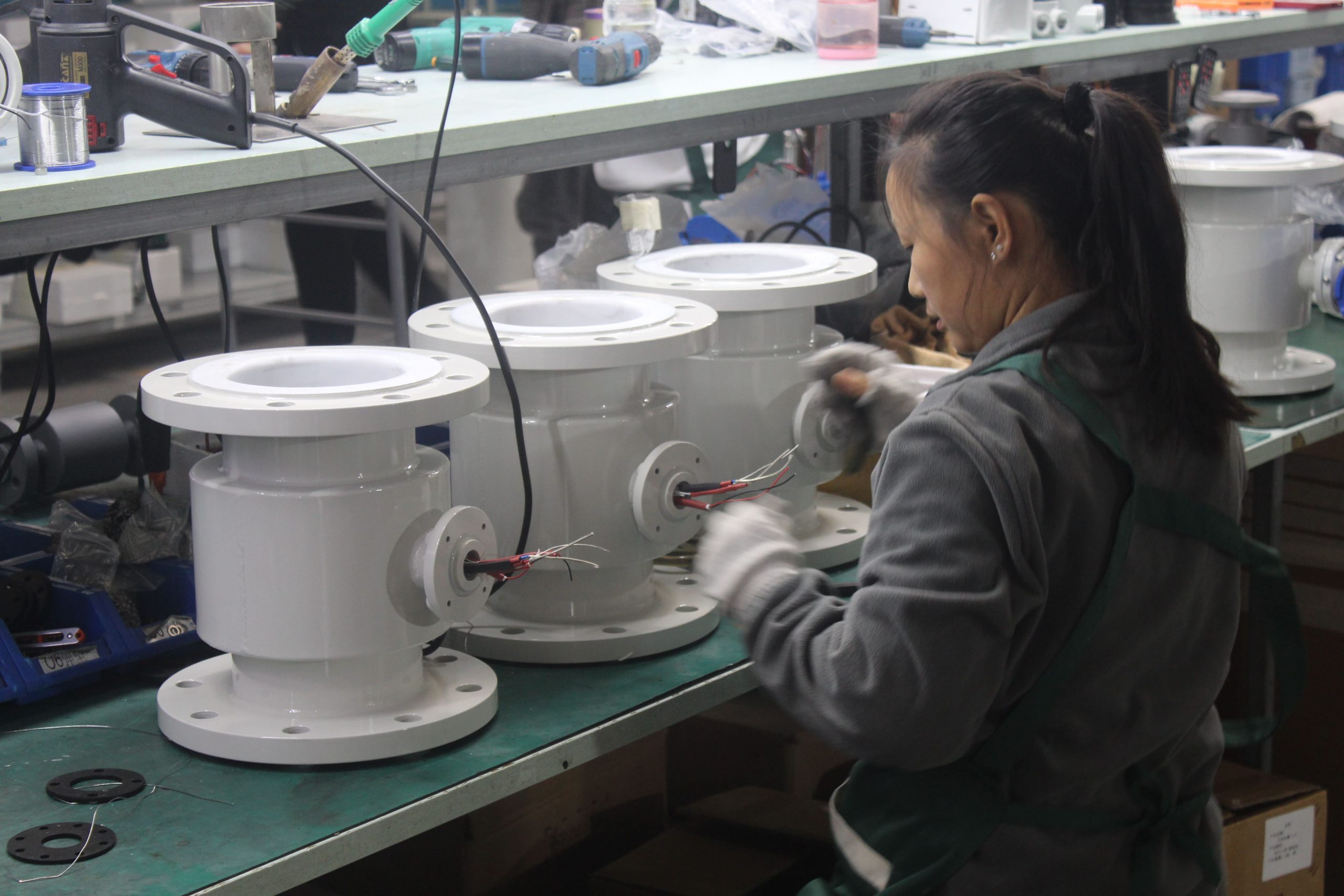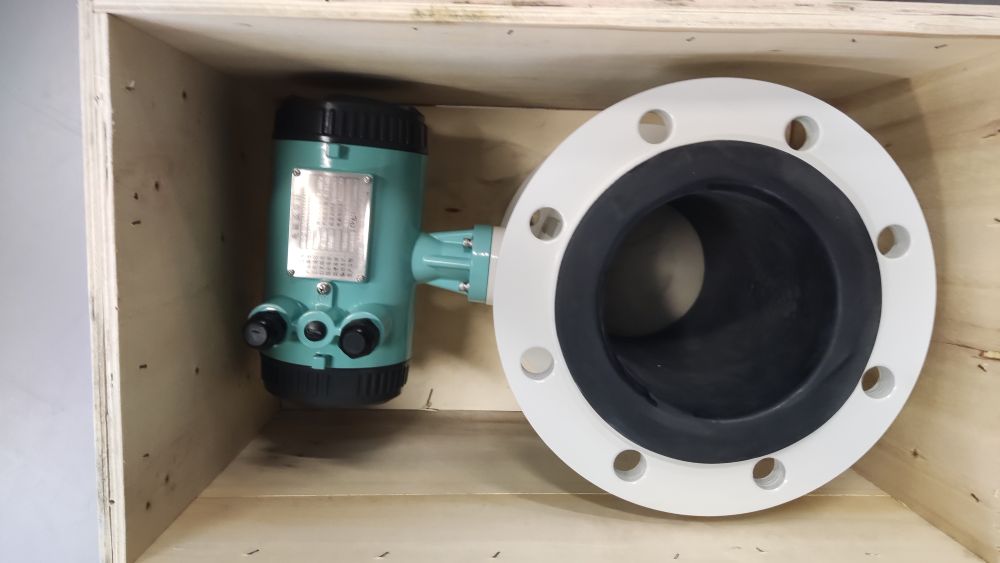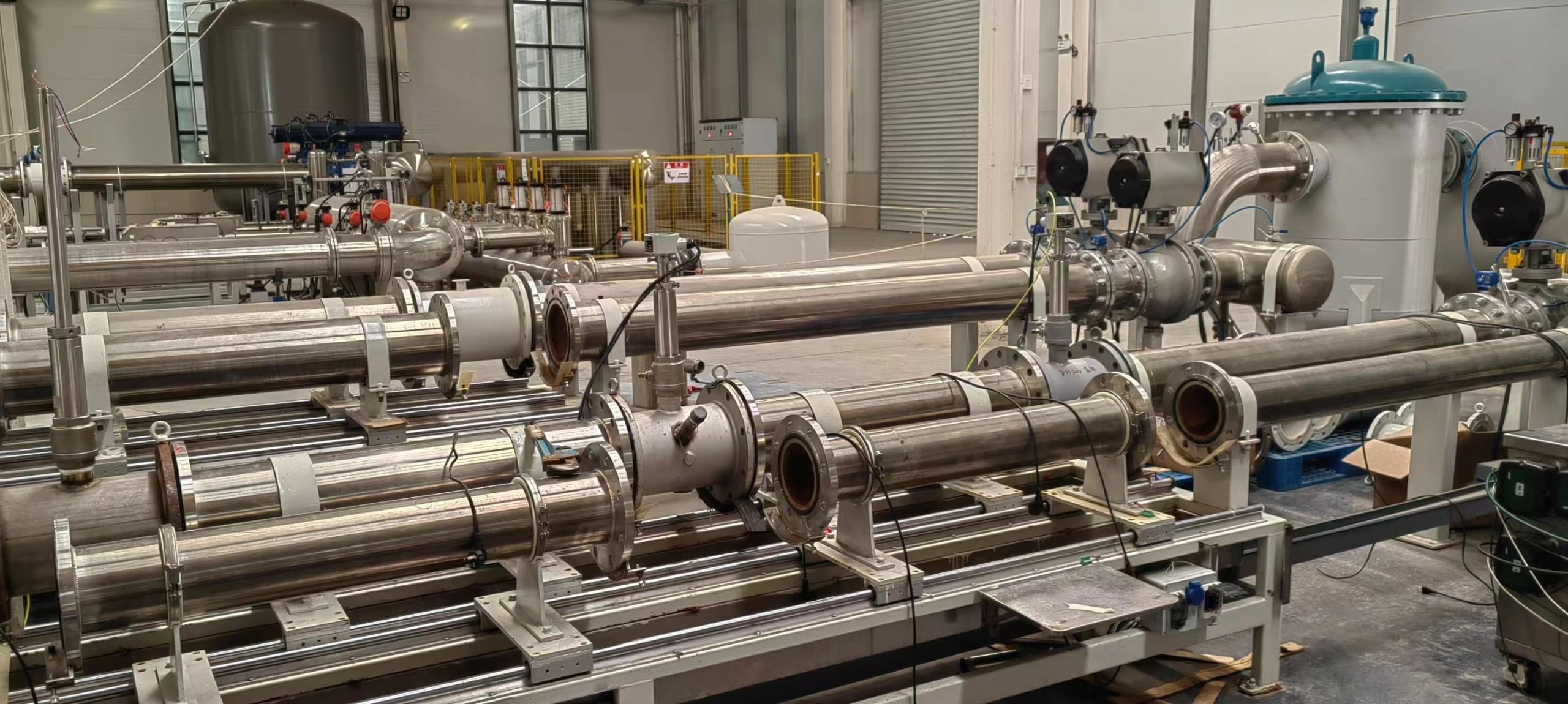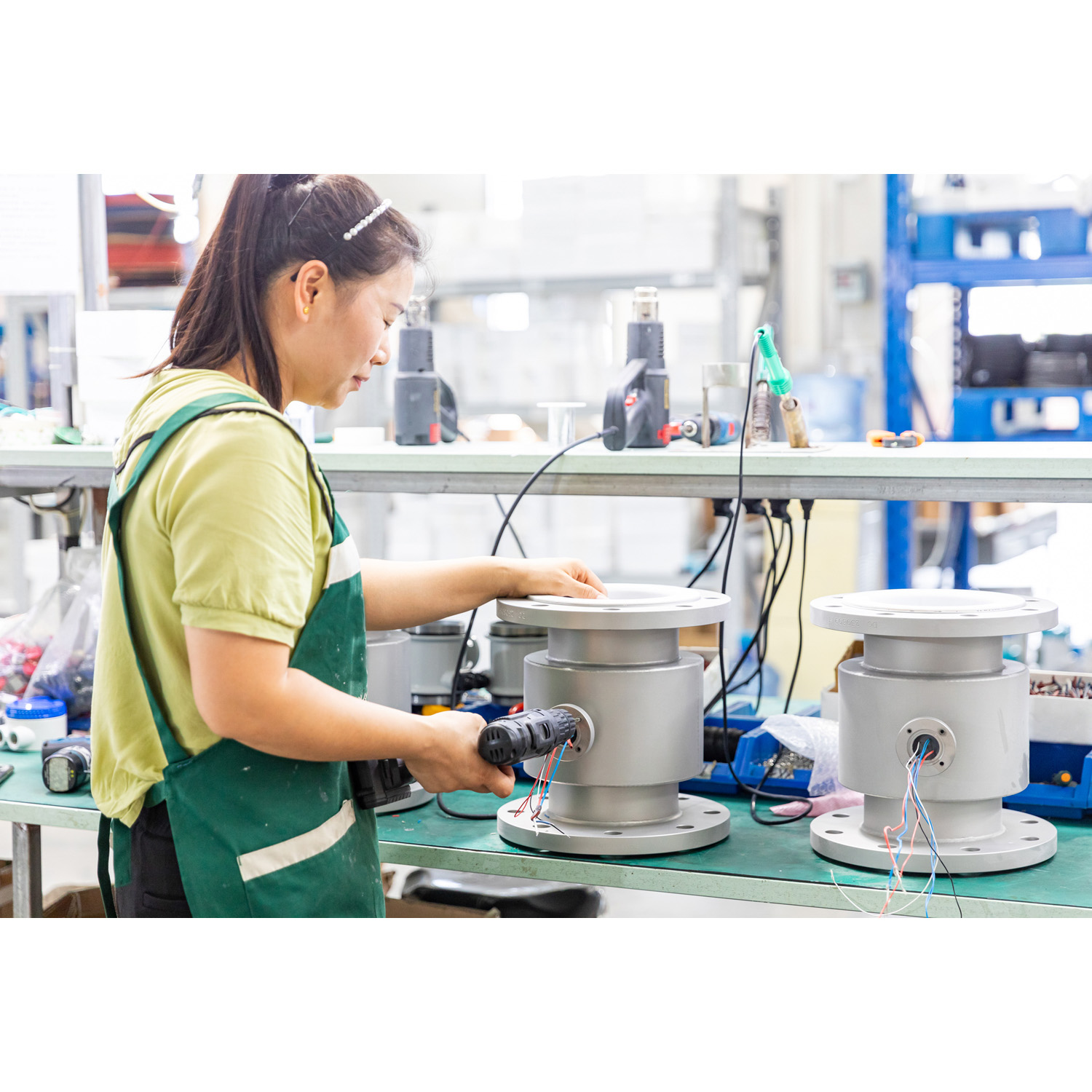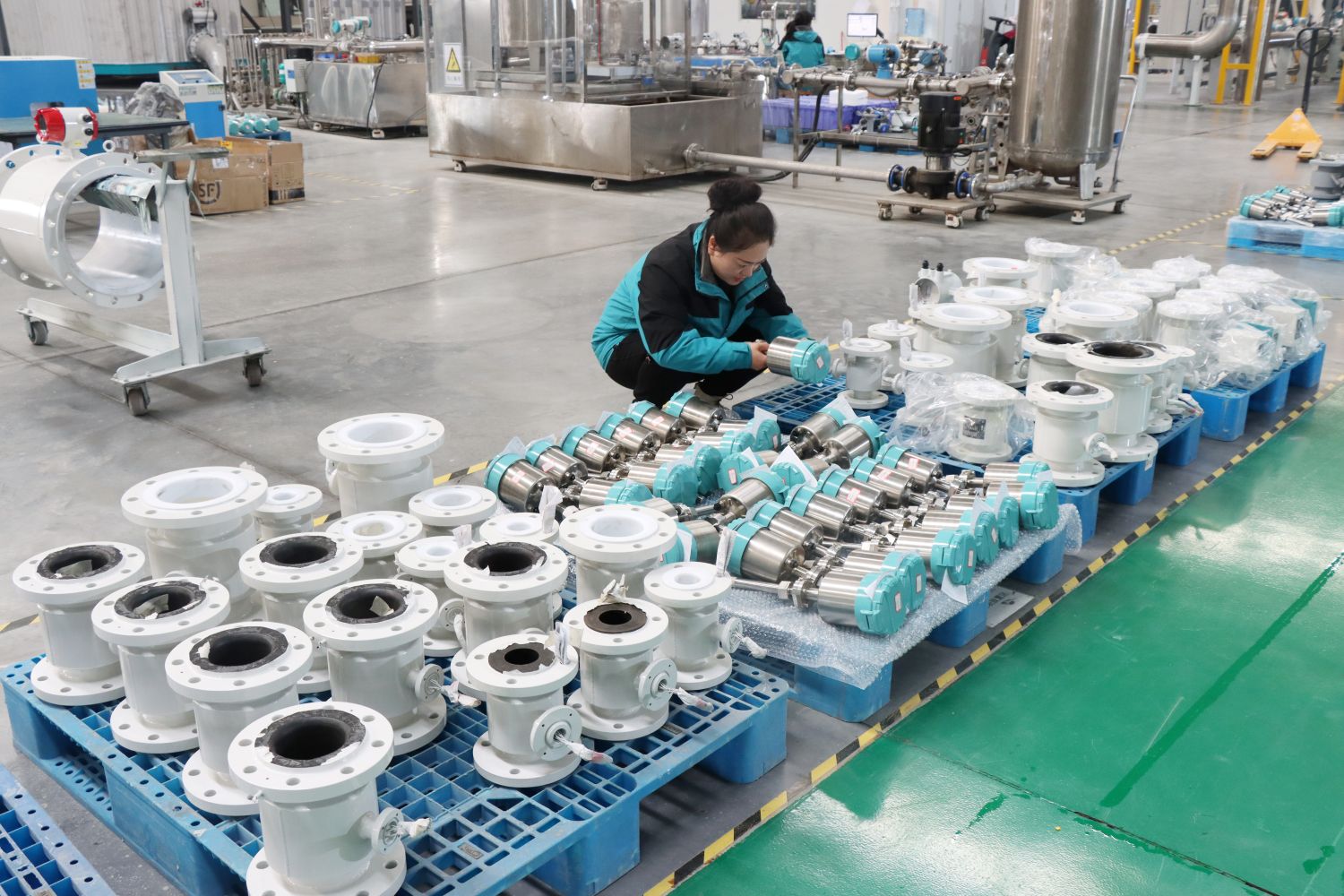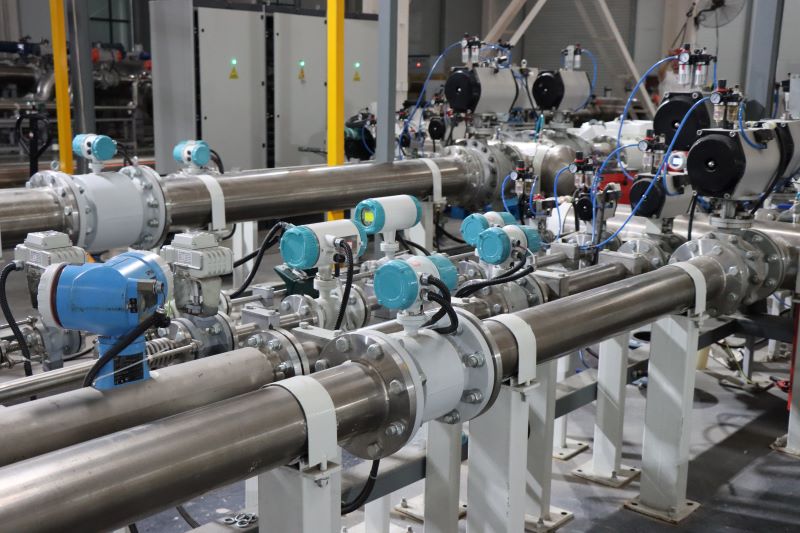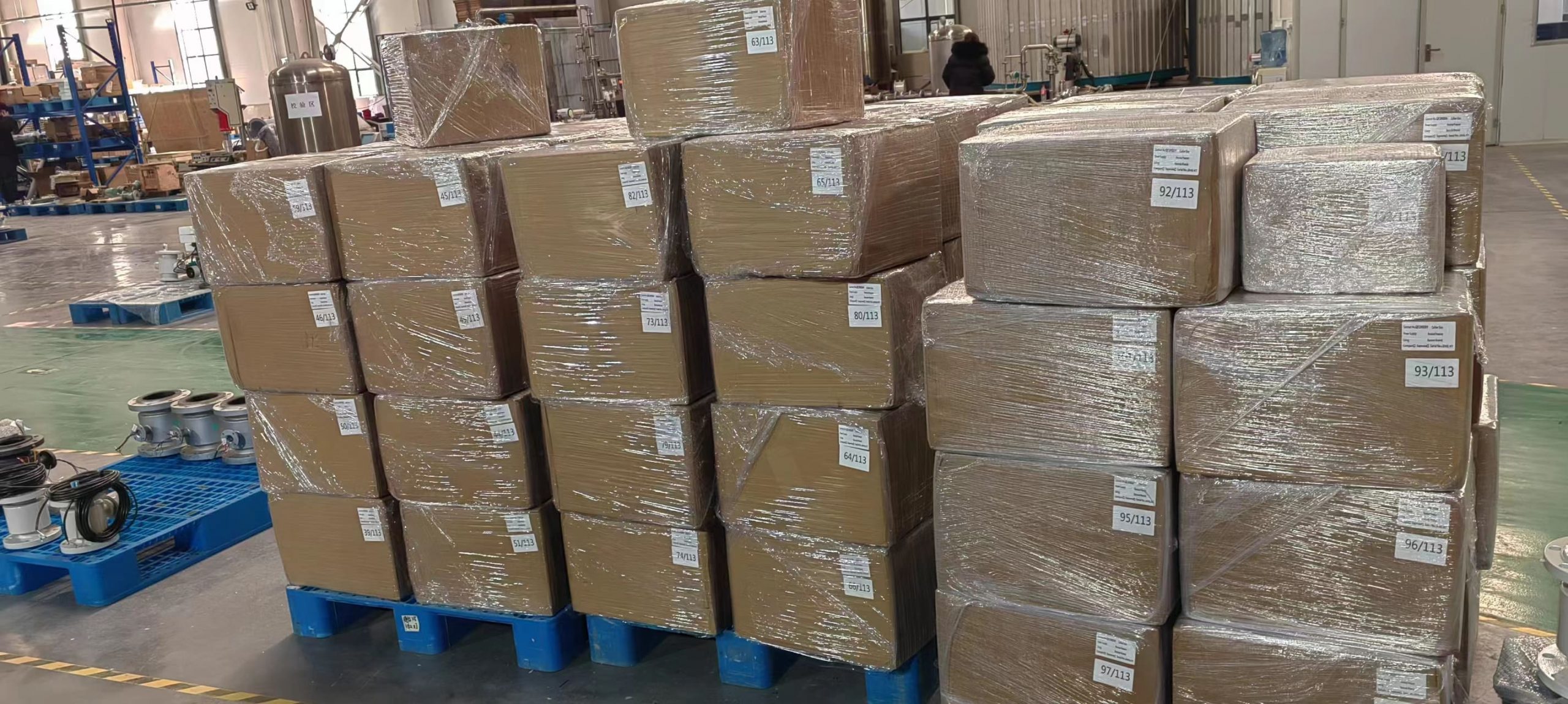What role does electromagnetic flowmeter play in farmland irrigation?
Electromagnetic flowmeter plays a multi-faceted role in farmland irrigation, mainly reflected in the following aspects:
1. High precision measurement
The electromagnetic flowmeter is based on Faraday’s law of electromagnetic induction for flow measurement, by measuring the electromotive force generated when the conductive liquid moves in the magnetic field to calculate the flow. This measurement method makes the electromagnetic flowmeter have high measurement accuracy, which is not affected by fluid temperature, pressure, density and viscosity, and can achieve accurate measurement of water consumption for farmland irrigation. High precision measurement provides reliable data support for rational allocation of water resources and improvement of irrigation efficiency.
2. Real-time monitoring and adjustment
The electromagnetic flow meter can monitor the water flow in the field irrigation process in real time and transmit the data to the control center or the cloud platform. This allows managers to keep track of irrigation conditions and adjust irrigation flows according to actual demand. For example, in orchard irrigation, the irrigation water flow can be precisely adjusted according to the water demand of different fruit trees, so as to achieve scientific irrigation and improve the quality and yield of fruits.
3. Water-saving irrigation
Through the precise measurement of the electromagnetic flowmeter, the water consumption of farmland irrigation can be accurately mastered, so as to avoid poor crop growth or waste of water resources caused by insufficient or excessive irrigation. This helps to realize water-saving irrigation, reduce agricultural production costs, and improve the efficiency of water resources utilization.
4. Intelligent management
Electromagnetic flowmeters support remote data transmission and control, and can be connected with intelligent irrigation systems, water resources management platforms, etc., to achieve remote monitoring and automatic control of farmland irrigation. This intelligent management method improves the management level of agricultural irrigation and makes the irrigation process more accurate and efficient.
5. System maintenance and fault warning
The electromagnetic flowmeter can monitor the flow, pressure and other parameters of the farmland irrigation system in real time, which helps to find the system failure or abnormal situation in time. For example, when there are problems such as blockage and leakage in the irrigation system, the electromagnetic flowmeter can react quickly to provide early warning information for managers to ensure the stable operation of the irrigation system.
6. You’re adaptable
Electromagnetic flowmeters can measure the flow of conductive liquids and are widely used in various agricultural irrigation scenarios. Whether it is groundwater, surface water or other types of irrigation water sources, electromagnetic flowmeters provide accurate flow measurement data. In addition, the electromagnetic flowmeter also has good wear resistance and corrosion resistance, and can operate stably in harsh field environments for a long time.
Summary: Electromagnetic flowmeters play multiple roles in field irrigation, such as high-precision measurement, real-time monitoring and regulation, water-saving irrigation, intelligent management, system maintenance and fault warning, and strong adaptability. These functions jointly promote the precision, high efficiency and intelligent development of agricultural irrigation.

